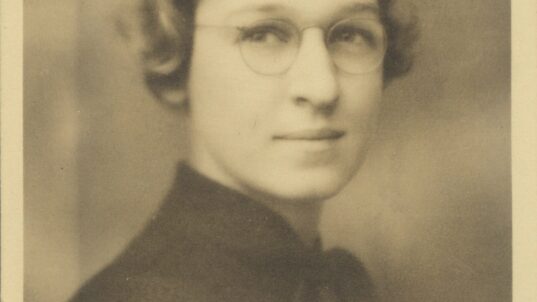
Buckle up–via Pixabay
George Cayley is often referred to as the father of aviation. Most of us have probably never heard of him. But it’s likely that we frequently use one of his innovations, even if we rarely fly. Cayley developed the first seat belt to hold pilots in place as they flew gliders. This was in the 1800s.
The first seat belt used in automobiles was developed by Edward Claghorn. Its use was primarily in taxi cabs. He received a patent for the seat belt in 1885.
It wasn’t until the 1930s that physicians began to urge automobile manufacturers to install them in cars in order to reduce the severity of collision injuries. Nash was the first automobile company to install them, but they were rejected by many car owners who had them removed. A breakthrough in seat belt usage came about in 1958 when Nils Bohlin developed the three-point seat belt (including the shoulder strap). It was much more comfortable than the previous belt that just went across your waist.
In 1968, the US required that all new cars come with seat belts installed. But it took time before the public accepted their use. In the US, states gradually began to require the use of seat belts. By 1995, every state but New Hampshire required that seat belts be used (New Hampshire still does not enforce the use of seat belts). It took over a hundred years for this injury-reducing and lifesaving innovation to be widely accepted. But even with legislation, we need reminders: automobile manufacturers have installed an annoying sound alert in case we forget to buckle up.
When you think of the history of the seat belt, you can see it as a case study for other current issues confronting public health and safety in a democracy. Seat belts raise such questions as:
- What are the proper limits placed upon personal freedom when dealing with public health and safety?
- What are the proper roles of government in protecting its citizens?
- What is the appropriate role for government in regulating products in a free market economy?
- What assurances are needed for governmental intervention and the requirement that actions be taken for personal or societal well-being?
These issues are at the forefront of our national political debates today. Consider the ongoing issues with COVID-19 vaccinations, or issues surrounding climate change, obesity, tobacco use, or water quality. It took over 100 years for seat belts to become widely used, and this only happened by mandating them. Can we wait that long for the other pressing public issues we confront today?
Just imagine what it will take to discuss these issues at a higher level of discourse than is now the case. You have to wonder whether seat belt legislation would have ever been passed if it faced the kind of political and media climate we have today. Just imagine the sort of social media campaign that would be whipped up against requiring seat belt usage. How might we improve our ability to view issues at a fundamental level of focusing on the well-being of the public? Or will all innovations for the public good get bogged down in controversies about simplistic notions of liberty in a democratic society? How can we foster common sense when deliberating about the complex public issues our society faces?
* * *
“To blend, without coercion, the individual good and the common good is the essence of citizenship in a free society.” – Dwight Eisenhower
This is part of our “Just Imagine” series of occasional posts, inviting you to join us in imagining positive possibilities for a citizen-centered democracy.



